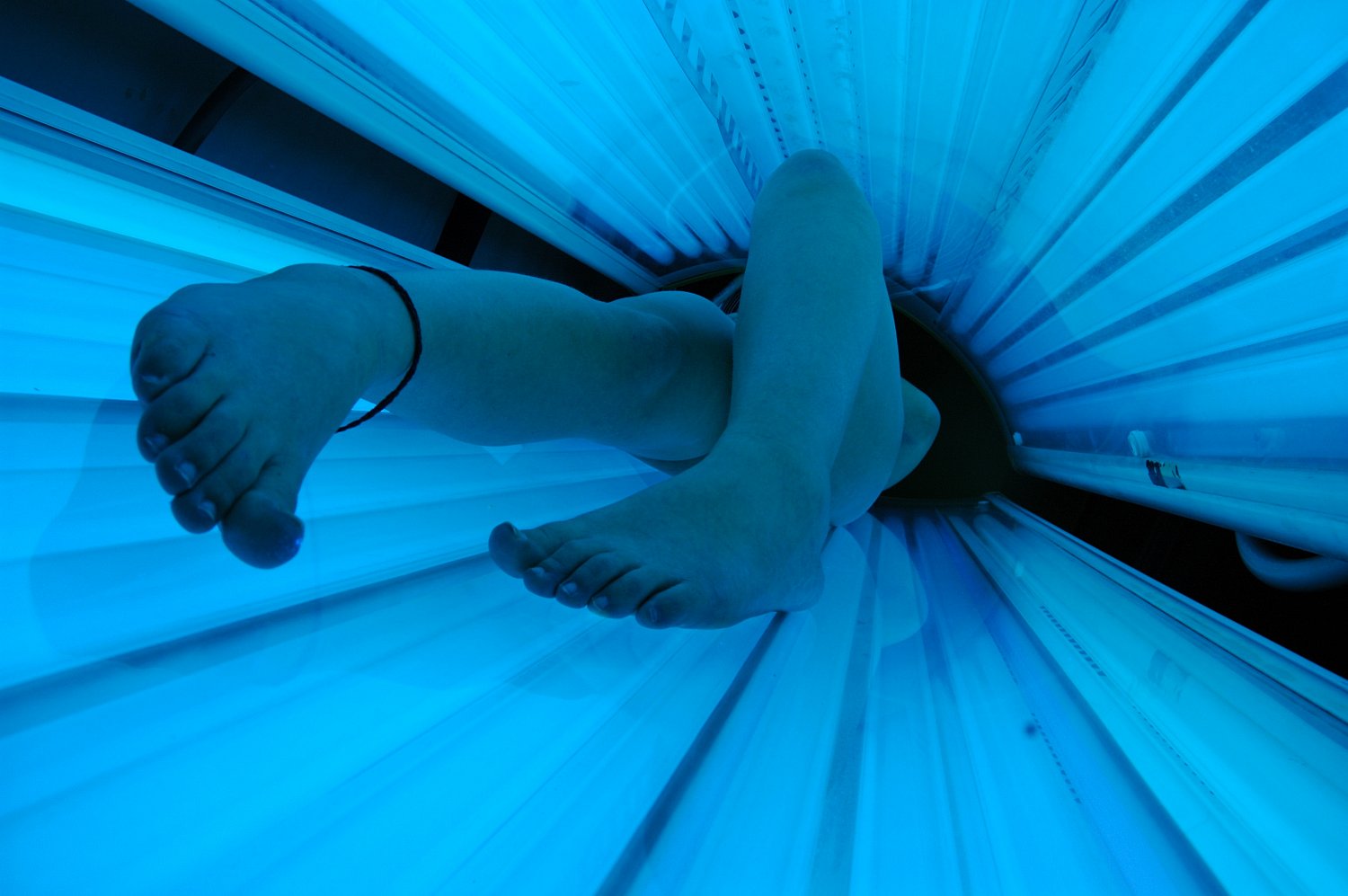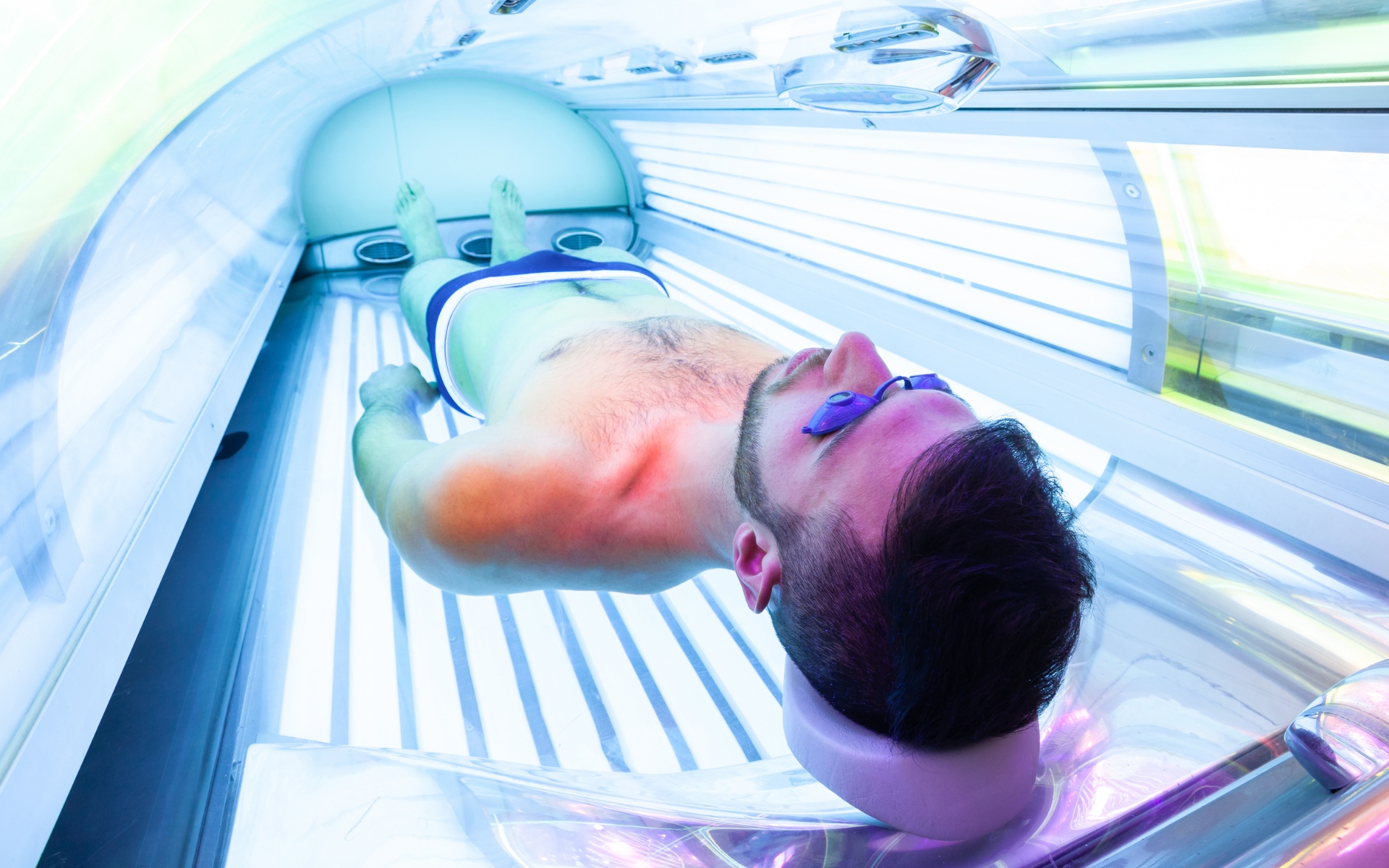Are you wondering if it's safe to use a tanning bed after applying self-tanner? This question is becoming increasingly common as people seek ways to enhance their skin tone effectively and safely. The use of tanning beds and self-tanners has grown in popularity, but combining these methods requires careful consideration. In this article, we’ll dive into the science behind tanning beds and self-tanners, discuss potential risks, and provide practical advice to help you make an informed decision.
Tanning beds have long been used as an alternative to natural sunlight for achieving a sun-kissed look. However, with the rise of self-tanners, many people are curious about whether they can combine the two. While it may seem like a convenient idea, there are important factors to consider, such as skin health, product interactions, and safety guidelines.
In this comprehensive guide, we will explore the relationship between tanning beds and self-tanners, including the potential benefits and risks. By the end of this article, you’ll have a clear understanding of whether it’s safe to use a tanning bed with self-tanner on and how to protect your skin while achieving the perfect glow.
Read also:Azriel Clary Age Unveiling The Life And Journey Of A Rising Star
Table of Contents
- Understanding Self-Tanners
- How Tanning Beds Work
- Can You Combine Tanning Beds and Self-Tanners?
- Risks and Concerns
- Safety Tips for Combining Methods
- Alternatives to Tanning Beds
- Myths About Tanning
- Frequently Asked Questions
- Expert Opinions on Combining Tanning Methods
- Conclusion
Understanding Self-Tanners
Self-tanners are cosmetic products designed to create a temporary bronzed appearance without exposing your skin to harmful UV rays. These products typically contain DHA (dihydroxyacetone), a compound that reacts with the amino acids in the outer layer of your skin to produce a brown color. Unlike tanning beds, self-tanners do not involve UV exposure, making them a safer option for achieving a sun-kissed look.
Types of Self-Tanners
Self-tanners come in various forms, including:
- Lotions and Creams: These are applied directly to the skin and offer a gradual or instant tan.
- Sprays: Ideal for an even application, sprays are often used in professional settings.
- Towelettes: Convenient for on-the-go use, towelettes provide a quick and easy application.
Benefits of Using Self-Tanners
Using self-tanners offers several advantages, including:
- No UV exposure, reducing the risk of skin damage and premature aging.
- Customizable results, allowing you to choose the intensity of your tan.
- Affordable and widely available options for all skin tones.
How Tanning Beds Work
Tanning beds emit UV radiation, similar to the sun, which stimulates the production of melanin in your skin. Melanin is the pigment responsible for darkening your skin tone. While tanning beds can provide a quick and convenient way to achieve a tan, they also carry significant risks, including skin cancer and premature aging.
Types of UV Radiation
Tanning beds emit two types of UV radiation:
- UVA: Penetrates deeper into the skin and is associated with premature aging.
- UVB: Primarily affects the outer layer of the skin and is responsible for sunburns.
Risks of Using Tanning Beds
According to the World Health Organization (WHO), tanning beds significantly increase the risk of melanoma, the deadliest form of skin cancer. Additionally, prolonged exposure to UV radiation can cause:
Read also:Who Is Hasan Piker Dating Exploring The Life And Relationships Of A Rising Star
- Skin discoloration
- Wrinkles and fine lines
- Immune system suppression
Can You Combine Tanning Beds and Self-Tanners?
While it may seem like a good idea to combine tanning beds and self-tanners for a deeper tan, there are several factors to consider. The DHA in self-tanners can react with UV radiation, potentially causing uneven results or even skin irritation. Moreover, the heat from tanning beds can accelerate the drying process, leading to premature fading of the self-tanner.
What Happens When You Tan with Self-Tanner On?
When you expose self-tanner to UV radiation, the DHA in the product can oxidize faster, resulting in an orange or patchy appearance. This reaction is more likely to occur in areas with thicker layers of self-tanner, such as elbows and knees. Additionally, the heat from tanning beds can cause the self-tanner to streak or smudge, ruining the desired effect.
Is It Safe to Tan in a Tanning Bed with Self-Tanner On?
While it’s not inherently dangerous, combining tanning beds and self-tanners is not recommended. The potential for uneven results and skin irritation outweighs any perceived benefits. Instead, it’s better to choose one method and stick with it for optimal results.
Risks and Concerns
Combining tanning beds and self-tanners poses several risks, including:
- Uneven Results: The DHA in self-tanners can react unpredictably with UV radiation, leading to an uneven tan.
- Skin Irritation: The heat from tanning beds can cause the self-tanner to dry out and irritate your skin.
- Increased Risk of Skin Damage: Using tanning beds increases your exposure to harmful UV radiation, which can lead to long-term skin damage.
Long-Term Effects of UV Exposure
Prolonged exposure to UV radiation from tanning beds can have severe long-term effects, including:
- Increased risk of skin cancer
- Accelerated aging and wrinkles
- Hyperpigmentation and dark spots
Safety Tips for Combining Methods
If you still want to try combining tanning beds and self-tanners, here are some safety tips to minimize risks:
- Allow the self-tanner to fully develop before using a tanning bed (usually 8-12 hours).
- Apply a light layer of self-tanner to avoid excessive buildup.
- Use a cooling gel or moisturizer after tanning to soothe your skin.
- Limit your time in the tanning bed to avoid overexposure.
Protecting Your Skin
Regardless of whether you use a tanning bed or self-tanner, it’s essential to protect your skin. Always wear protective eyewear in tanning beds, and consider using a broad-spectrum sunscreen for outdoor activities. Additionally, stay hydrated and moisturize regularly to maintain healthy skin.
Alternatives to Tanning Beds
For those looking to enhance their skin tone without the risks associated with tanning beds, there are several alternatives:
- Self-Tanners: Offer a safe and effective way to achieve a natural-looking tan.
- Bronzers: Provide temporary color without altering your skin tone.
- Tanning Extensions: Professional treatments that use airbrush techniques for a flawless finish.
Benefits of Alternative Methods
Using alternatives to tanning beds offers several benefits, including:
- Reduced risk of skin cancer and premature aging.
- Customizable results for all skin tones.
- Non-invasive and easy to apply at home.
Myths About Tanning
There are several myths surrounding tanning that can lead to misinformation. Let’s debunk some of the most common ones:
- Myth #1: A base tan protects you from sunburn.
- Myth #2: Tanning beds are safer than natural sunlight.
- Myth #3: Self-tanners can damage your skin.
Separating Fact from Fiction
Understanding the facts about tanning can help you make informed decisions about your skin care routine. Always consult reputable sources and dermatologists for the latest information on tanning safety.
Frequently Asked Questions
Q1: Can self-tanners replace tanning beds?
Yes, self-tanners can provide a safe and effective alternative to tanning beds. They offer customizable results without the risks associated with UV exposure.
Q2: How long does self-tanner last?
Self-tanner typically lasts 5-7 days, depending on your skin type and application method. Exfoliating regularly can help extend its lifespan.
Q3: Are there any side effects of using self-tanners?
Some people may experience mild irritation or an orange tint if the product is not applied correctly. Always patch test before using a new self-tanner.
Expert Opinions on Combining Tanning Methods
According to dermatologists, combining tanning beds and self-tanners is not recommended due to the potential for uneven results and skin irritation. Dr. Jane Smith, a leading dermatologist, advises: “Stick to one method for the best results and to protect your skin from long-term damage.”
Scientific Studies
A study published in the Journal of Dermatology found that UV exposure can alter the effectiveness of self-tanners, leading to uneven results. This highlights the importance of choosing one method and avoiding combinations that may compromise your skin health.
Conclusion
In conclusion, while it’s technically possible to tan in a tanning bed with self-tanner on, it’s not recommended due to the potential risks and uneven results. Self-tanners offer a safer and more convenient alternative to achieve a sun-kissed glow without exposing your skin to harmful UV radiation. Always prioritize your skin health and consult a dermatologist for personalized advice.
Take action today by exploring alternative tanning methods and sharing this article with others who may benefit from the information. Your skin deserves the best care, and making informed decisions is the first step toward achieving a healthy, glowing complexion.


